Bank statement analyser
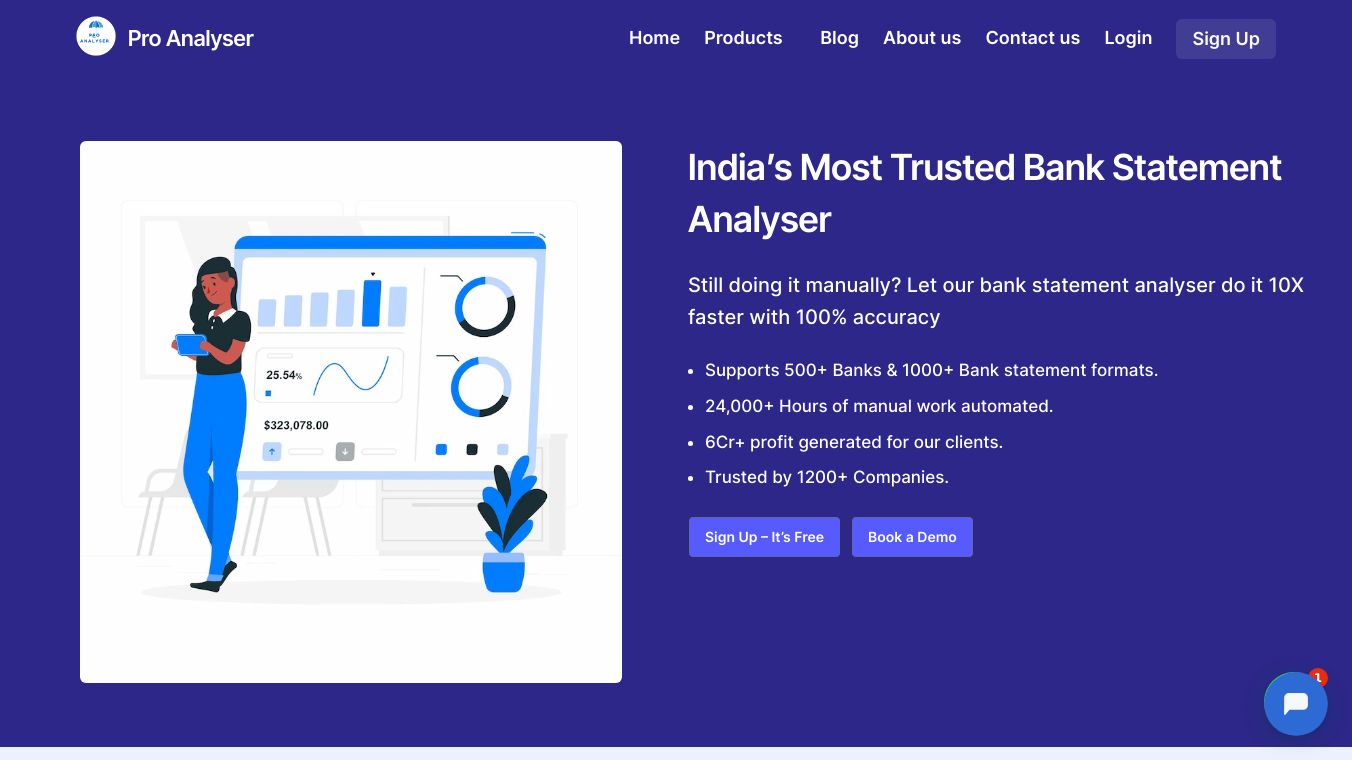
Bank Statement Analyser
In today's fast-paced digital world, managing personal finances can be overwhelming. With numerous transactions happening daily, keeping track of expenses and income is a daunting task. Thankfully, technological advancements have brought us automated bank statement analysis, a tool that simplifies financial management. This guide will provide a comprehensive understanding of how bank statement analysis works and the benefits of increasing automation in the finance industry.
The Growing Need for Financial Automation
The rise of online banking and digital payments has led to a surge in the volume of financial data. Manually analyzing bank statements is time-consuming and prone to errors. Automated analysis tools offer a more efficient and accurate solution.
How Bank Statement Analysis Works? A Simple Guide
Data Extraction
The first step involves extracting data from your bank statements. This can be done through various methods, such as uploading a PDF or CSV file or connecting your bank account directly.
Data Cleaning and Standardization
Once the data is extracted, it needs to be cleaned and standardized. This involves removing any inconsistencies, errors, or duplicates.
Categorization
Automated algorithms categorize transactions based on keywords, merchant names, or predefined rules. For example, transactions from restaurants or grocery stores would be categorized under “dining” or “groceries.”
Pattern Recognition
The software looks for patterns and trends in your spending habits. This can help identify recurring expenses, such as monthly subscriptions or utility bills.
Financial Insights:
Based on the analyzed data, the tool provides valuable insights into your financial health. You can see where your money is going, identify areas for savings, and track your progress towards financial goals.
Common Questions and Concerns Related to Automated Bank Statement Analysis
Is Bank Statement Analysis Tool Safe?
Yes, automated bank statement analysis tools are generally safe. They use secure encryption to protect your financial data.
Can it help me save money?
Absolutely! By identifying areas where you can cut back on spending, automated analysis can help you save money.
How accurate is Bank Statement Analyzing Software?
The accuracy of automated analysis depends on the quality of the data and the sophistication of the algorithms used. While Bank analyzing software’s are not perfect, it can provide valuable insights.
The Future of Financial Management
Automated bank statement analysis is just one example of how technology is transforming personal finance. As AI and machine learning continue to advance, we can expect even more sophisticated tools to emerge. Financial analysis tools will not only simplify financial management but also provide personalized advice and recommendations.
Conclusion
Automated bank statement analysis is a powerful tool that can help you take control of your finances. By automating the process of analyzing your bank statements, you can save time, gain valuable insights, and make informed decisions about your money. If you’re looking for a way to simplify your financial life, consider giving automated analysis a try. ProAnalyser.in
Benefits of Bank Statement Analyzer
- Speed That Actually Matters
When statement volumes pile up, time becomes more than a number—it becomes stress. Most delays in lending aren’t about indecision. They come from the slow grind of reading through every line, verifying credits, spotting red flags, and stitching together a financial picture. A bank statement analyser lifts that burden. The data shows up organised. The trends stand out early. And instead of chasing clarity, your team just moves forward.
- Reduced Human Error
Not all mistakes come from fatigue. Some are just buried too deep—one small bounce, a salary credit that disappears too soon, or transfers that seem normal until you look again. These are the kinds of details that a structured automated bank statement analysis process is built to surface. It’s not about double-checking every file. It’s about knowing each file had the same level of attention—without burning out the team. And in lending, small misses often lead to the biggest regrets.
- Pattern Recognition That Actually Helps
Totals tell one story. Patterns tell the truth. Most repayment risks don’t show up in balances—they show up in how people move money. A smart bank statement analyzer doesn’t just highlight inflows and outflows. It highlights rhythm. Spending right after salary day. Cash recycling. A regular mismatch between income and usage. These aren’t red flags—they’re context. And context is what keeps approvals smart, not just fast.
- Consistency in Decisions
In a busy lending setup, different people often handle different files. But that shouldn’t mean different results for similar cases. Consistency is what keeps your approvals balanced, your team in sync, and your borrower experience fair. With a bank statement analyser, the decision logic stays steady—no matter who opens the file. It’s not just about being accurate. It’s about being fair, every single time.
- Early Fraud Detection
Some mistakes cost money. Some cost reputation. Lenders don’t just need speed—they need a system that quietly catches the things that shouldn’t be there. Modified bank statements, unusual deposit cycles, mismatched balances—bank statement analysis helps surface these risks before the money moves. It’s not loud. It’s not dramatic. But it’s one of the most valuable safety nets in lending today.
- Better Borrower Segmentation
Two borrowers can earn ₹80,000 a month—and still be worlds apart financially. One manages savings. The other runs out by mid-month. A reliable bank statement analyzer helps lenders look beyond just income and credit score. It reads habits, timing, and spending patterns to help you match borrowers with the right loan—not just any loan. That small shift changes both approval rates and repayment outcomes.
- Transparency & Audit-Ready Records
Lending leaves a trail—and sometimes that trail gets audited. When it does, you need more than just numbers. You need a clear picture of why the decision was made. Standardised bank statement analysis keeps things clean and ready to explain. It’s not for show. It’s for when someone asks the hard question: “Why this file?” And your answer is already documented.
Final Thought
Bank statement analysers aren’t here to impress—they’re here to simplify. They help you move faster, spot smarter, and stay audit-ready without second-guessing your decisions. In lending, that’s not a luxury—it’s survival.
What to Look for in Safe Software
A flashy interface isn’t enough to guarantee security. Here’s a checklist of must-have features when evaluating any bank statement analysis tool:
End-to-End Encryption This ensures your data is scrambled during transmission and can’t be intercepted. If encryption is missing, walk away.
Data Storage Transparency Where is your data stored? Reputable providers clearly outline their storage practices. Bonus points for those offering local or hybrid options.
Compliance with Global Standards Look for certifications like ISO 27001, SOC 2, or GDPR compliance (for European users). These reflect a company’s commitment to security.
Access Controls The ability to customize access levels ensures only authorized personnel can view sensitive data.
Regular Security Audits Companies serious about security conduct independent audits and improve their systems regularly.
The Case for Automated Bank Statement Analysis
Manual analysis or outdated tools aren’t just slow—they’re risky. They expose you to human error, data leaks, and compliance risks. That’s where automation steps in. Tools like Proanalyser combine advanced AI-driven analytics with enterprise-grade security to make bank statement analysis both seamless and secure. Here’s why Proanalyser stands out:
Bank-Grade Security: Proanalyser encrypts your data both in transit and at rest, ensuring it remains private at all times.
100% Compliance: Our software aligns with global standards like GDPR and ISO 27001.
Real-Time Fraud Detection: Instantly flag suspicious patterns or transactions, reducing your exposure to fraud.
Cloud & Local Options: Choose between secure cloud storage or local installations based on your needs.
Seamless Automation: Upload bank statements in bulk and let the software do the heavy lifting—categorizing, analyzing, and flagging insights in minutes.
Why Proanalyser Is the Safe Choice
Choosing the right bank statement analysis software isn’t just about features or price—it’s about trust. With Proanalyser, you’re choosing:
A partner that values your data as much as you do.
A solution that’s built to handle today’s security challenges.
A tool that automates the tough work so you can focus on growing your business.
Join thousands of finance professionals who’ve switched to Proanalyser. Because when it comes to your financial data, there’s no room for compromise.
Start Your Free Trial Today and experience safe, efficient, and stress-free bank statement analysis.
What is a Bank Statement Analyser?
Before diving deeper, here’s a short explanation about a bank statement analyzer: It’s a tool that automates the process of reviewing and categorizing transactions from your bank statements. Rather than manually sorting through each transaction, the analyzer quickly organizes your data into categories like groceries, rent, and entertainment. It saves time, reduces errors, and provides clear insights into your financial habits. With features like automatic categorization, transaction breakdowns, and financial summaries, a bank statement analyzer makes managing your finances easier and more efficient.
- Why Do People Use that?
People are turning to bank statement analyzers for several important reasons. Here are the key benefits:
Time-Saving: Reviewing months of transactions manually can be overwhelming. A bank statement analyzer automatically sorts and categorizes your financial data, saving you hours of work.
Financial Insights: The tool helps identify spending patterns, income sources, and areas where you can save, giving you a clearer picture of your financial health.
Accuracy: By automating the process, you avoid the risk of human error, ensuring that your financial data is reliable and precise.
Easy to Use: Most tools are user-friendly, designed to make financial analysis accessible even for those without a background in finance.
- Quick Discoveries You Can Make with a Bank Statement Analyzer
Most people think a bank statement is just about income and expenses. But a good bank statement analyzer reads between the lines—and reveals patterns even your CA might overlook.
Salary patterns: Skipped or delayed salary credits? Could mean job instability or cash flow gaps.
Heavy UPI/ATM usage: Too many withdrawals or UPI transfers often reveal uncontrolled spending or low banking trust.
Loan EMI payments: Regular EMIs build creditworthiness—missed or bounced ones raise immediate risk flags.
Bounced cheques: Strong signal of poor fund management—banks and lenders treat this as a red alert.
Frequent cash deposits: Unexplained deposits may indicate hidden income, under-the-table deals, or tax evasion.
Vendor or supplier payments: Overpayments or repeated transfers to limited parties could mean over-dependency—or internal fraud.
Personal expenses in business account: Payments to fantasy apps, liquor stores, or personal subscriptions signal misuse of business funds.
Low average balances: Always ending the month near zero? That’s a silent indicator of poor financial control.
Circular transactions: Same-day credit and debit from the same party? Often used to fake income or inflate balance sheets.
Weekend/night activity: High transaction volumes during off-hours could flag suspicious behaviour or intentional masking.
- Real Questions People Ask Before Using a Bank Statement Analyzer
The most common doubts people have before using a bank statement analyzer usually sound simple—but they matter. Here are the questions we hear all the time, answered straight:
“Can it detect if someone is manipulating their salary credits?” Yes—it flags irregular salary deposits, same-day credit and debit patterns, or sudden income spikes that don’t add up.
“Will it show how much a person is spending on UPI or personal apps?” Absolutely. It breaks down high-frequency UPI usage, online spends, fantasy gaming, and more—all visible within minutes.
“Can I use this to track how much money is left by month-end?” Yes—you’ll get average, minimum, and closing balances month-wise, which shows how healthy (or fragile) their cash flow really is.
“Is it useful for checking business account misuse?” 100%. Many users are shocked to find personal expenses like food delivery, OTT subscriptions, and credit card payments mixed inside business accounts.
“Will it catch bounced EMIs or suspicious transfers?” Yes—it highlights all bounced transactions, recurring loan payments, and even flags circular transfers that hint at income masking or fraud.
“Can non-finance people understand the results?” Definitely. Most tools present the output in plain English—summaries, tags, and color-coded alerts. No finance degree required.
“Will this help in loan approval or risk checking?” Absolutely. Lenders now rely on statement analysers to screen applications faster and smarter. A clean report often leads to faster approvals.
- How a Bank Statement Analyser Helps (vs Manual Review)
Manual reviews are slow, error-prone, and often miss the deeper patterns. A bank statement analyzer solves that with speed, accuracy, and insights no human eye can catch in one sitting. In short, manual reviews show data. A good bank statement analyzer shows what the data means—and that’s the real edge.
- Who Should Use This (And Why)
A bank statement analyzer isn’t just for finance pros—anyone dealing with money regularly can gain from it.
CAs: Speed up client onboarding, clean up messy statements, and stop wasting hours on manual categorization.
Lenders: Catch red flags like bounced EMIs, fake income patterns, or risky cash behavior before you approve.
Business Owners: Get a clear view of your monthly burn, vendor payouts, and whether your funds are actually working for you.
Freelancers: Understand your cash story—inconsistent income, late client payments, and where your money silently vanishes.
Loan Applicants: Run your own analysis before applying—fix what the lender might flag before they even see it.
Finance Teams: Build smarter internal checks, and stop relying on slow Excel files to assess bank transactions.
It’s simple: if money flows through your business, this tool should be in your toolkit.
Conclusion: The Smarter Way to Read a Bank Statement
From spotting hidden salary gaps to tracking burn rate, and from catching fraud to preparing for a loan—a bank statement analyzer does what manual reviews simply can’t. We’ve walked through the use cases, the common questions, and the real-world benefits. Whether you’re a CA, business owner, lender, or just someone trying to manage money better—the tool is here to save you time, show you the real story behind transactions, and help you make faster, smarter decisions.
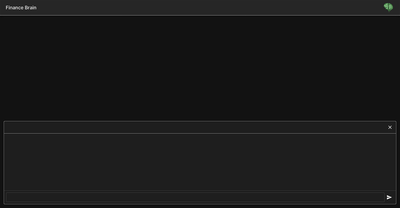
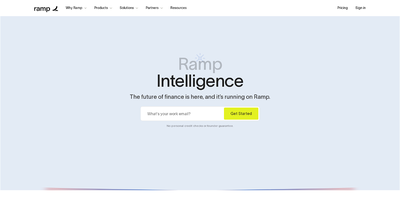
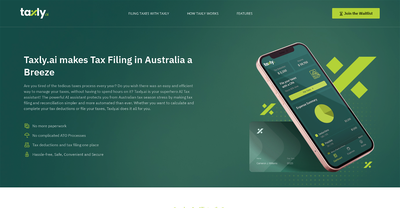
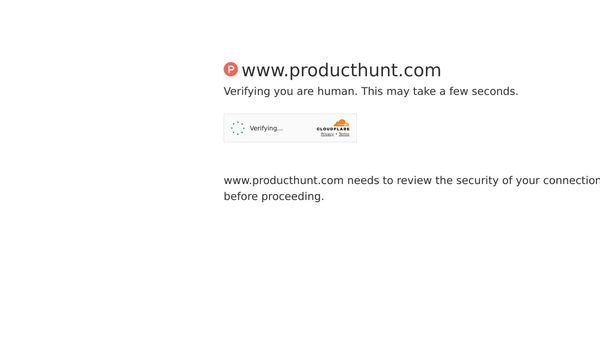
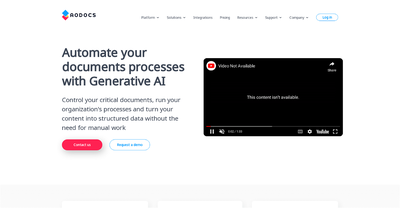

Comments
Please log in to post a comment.